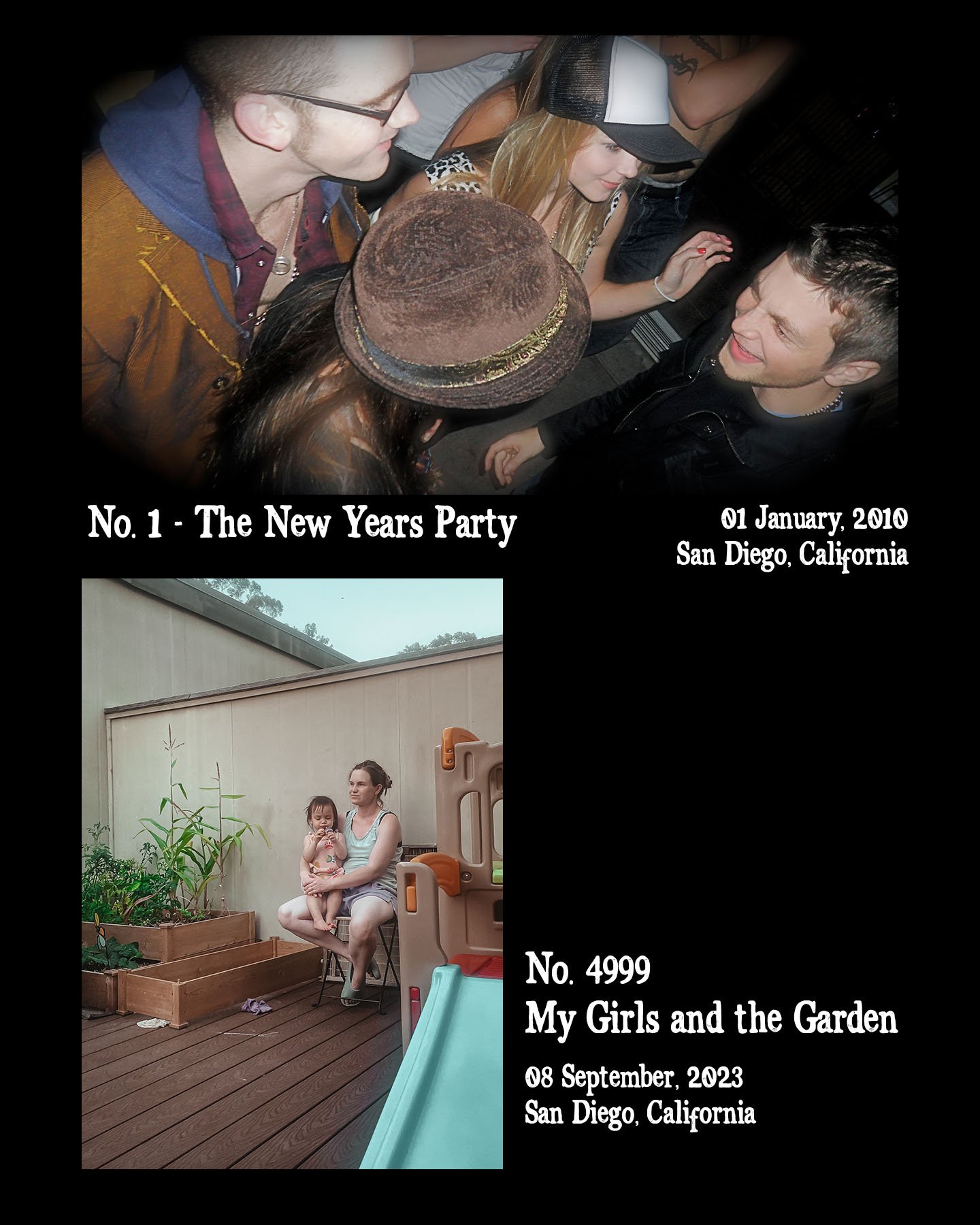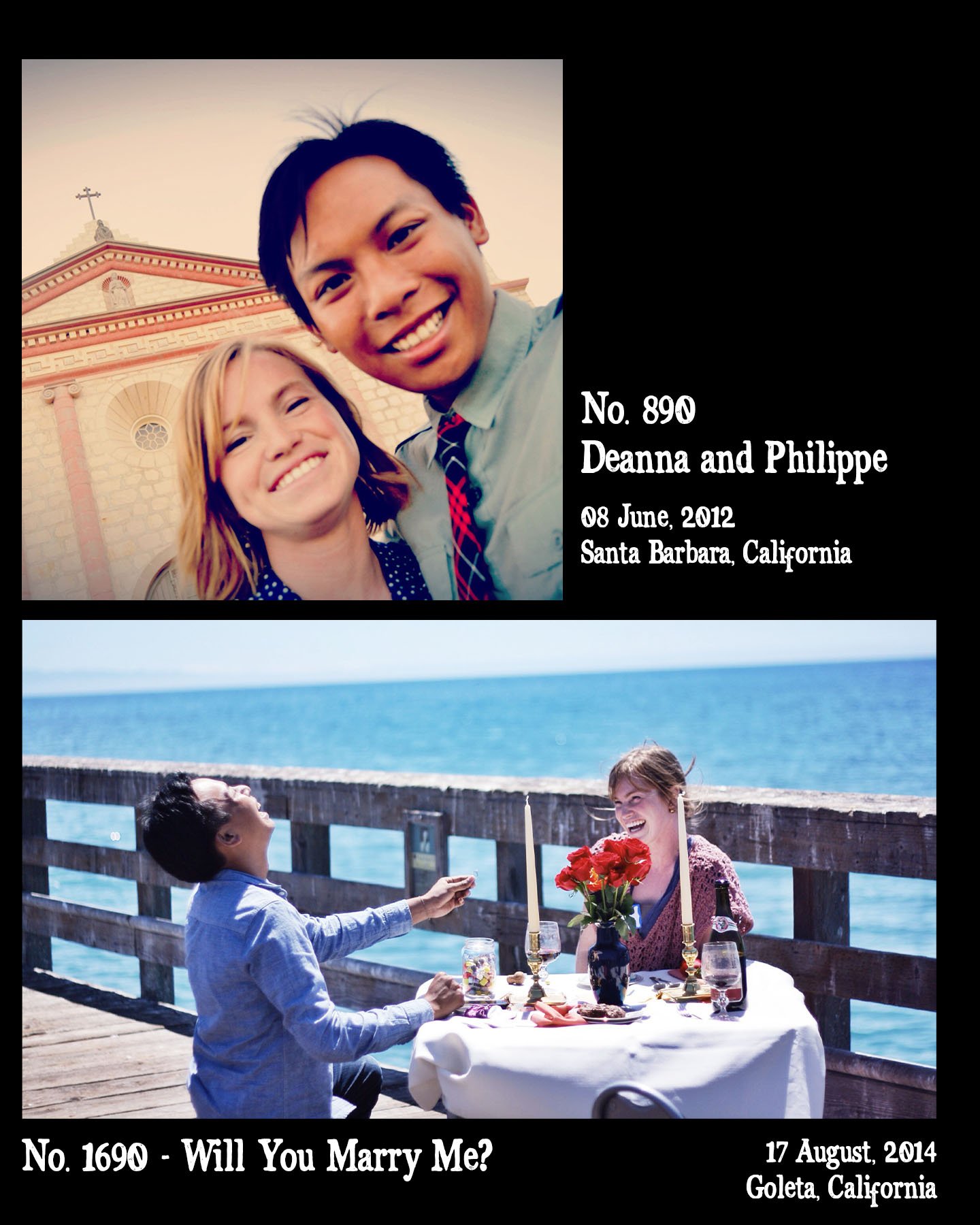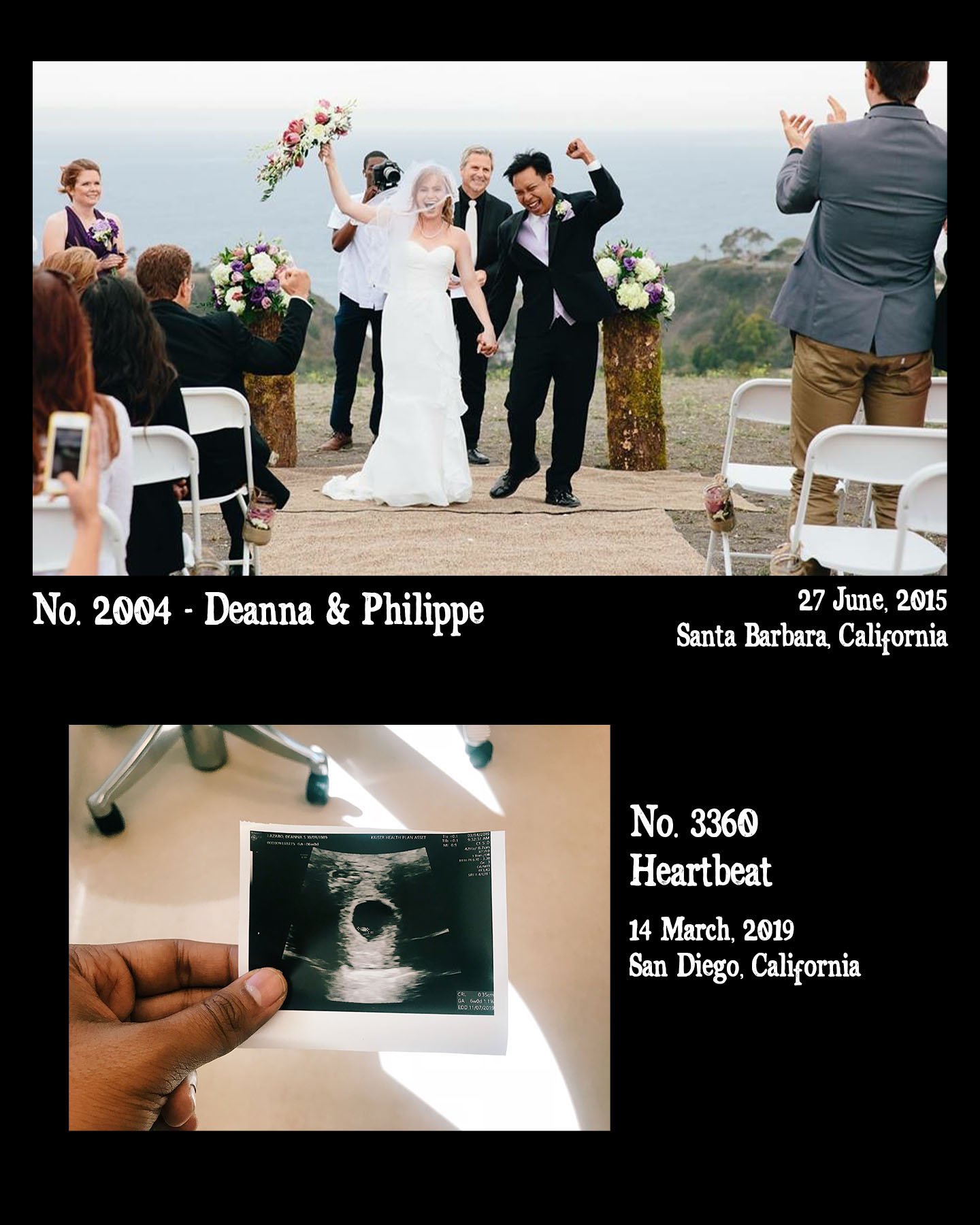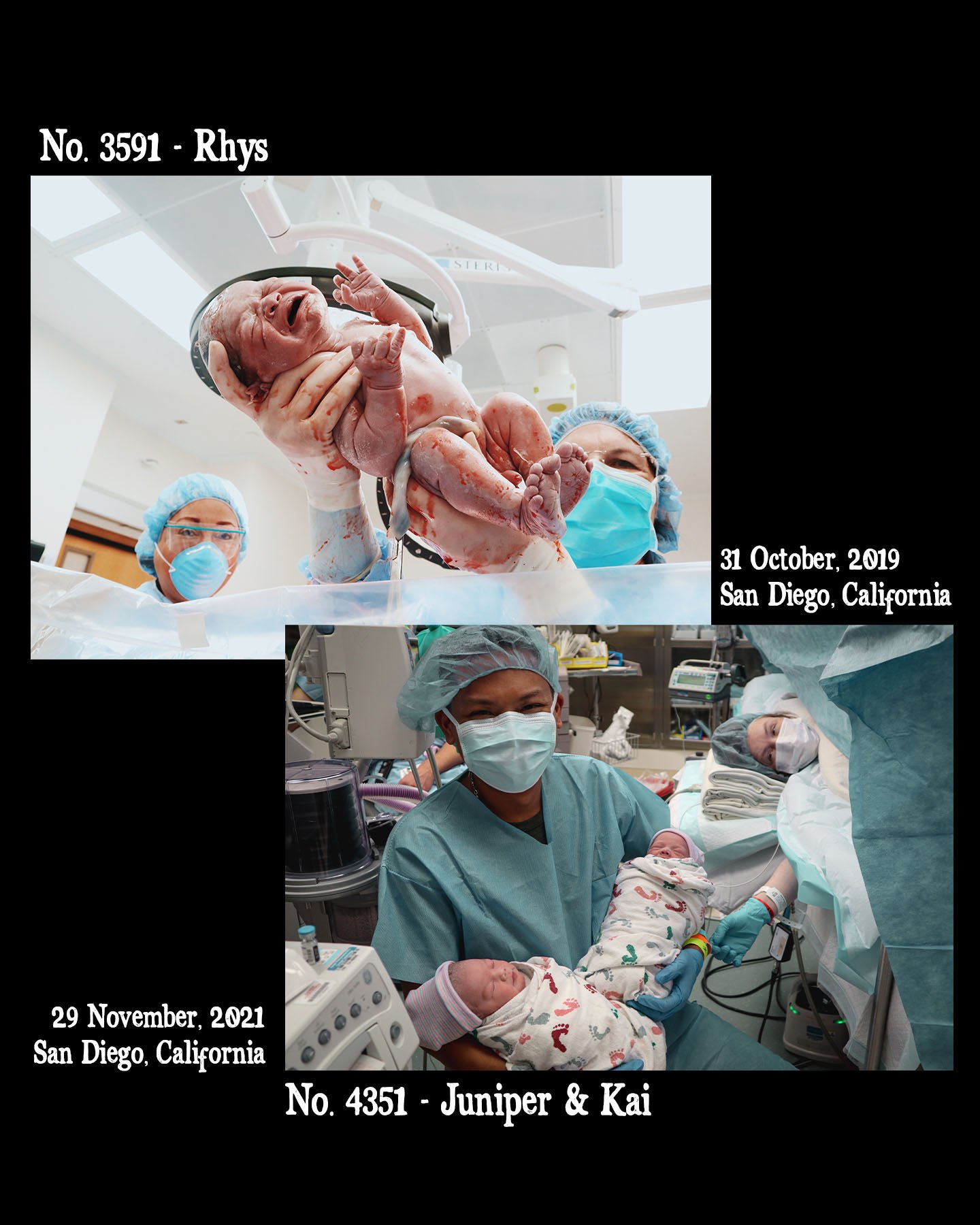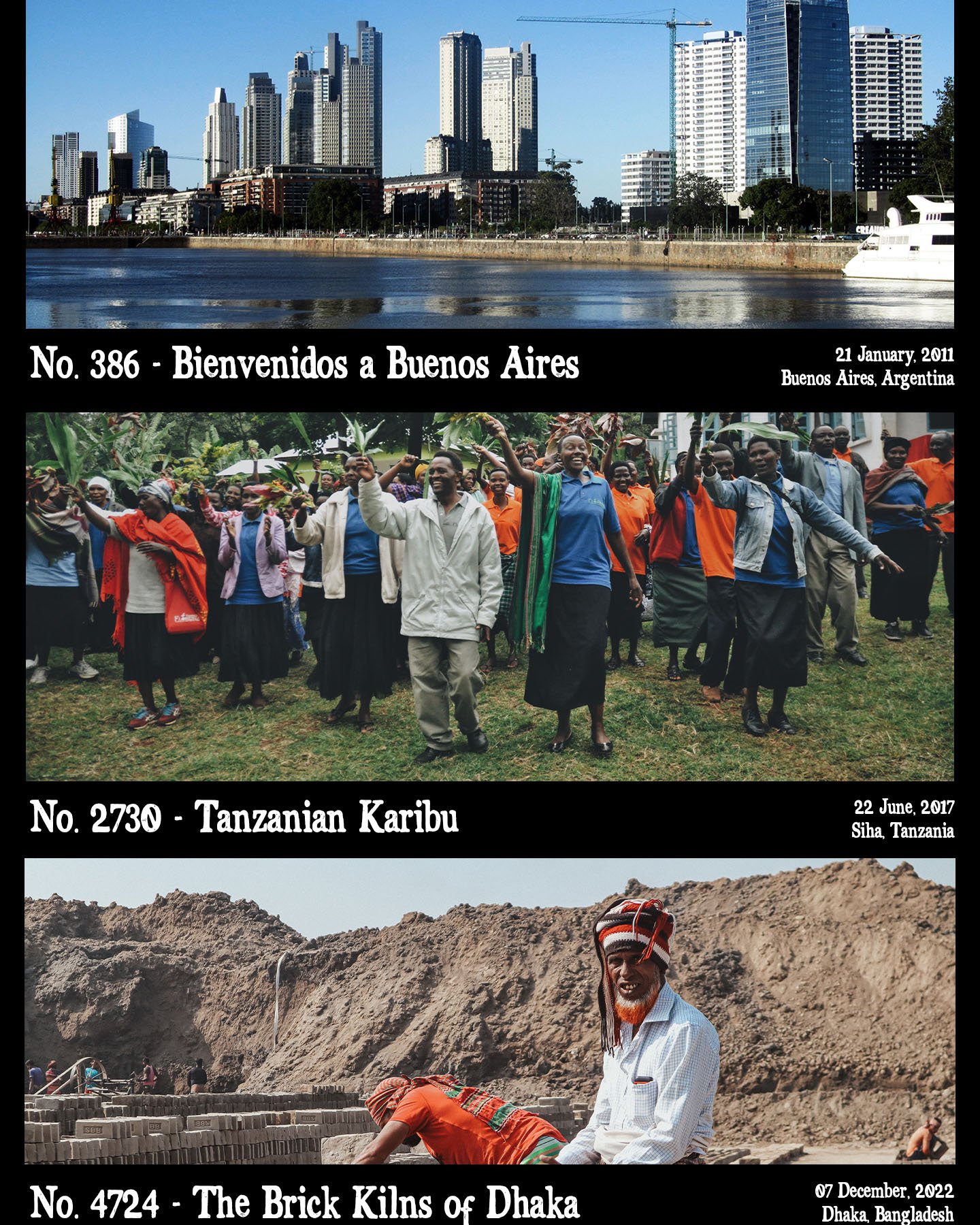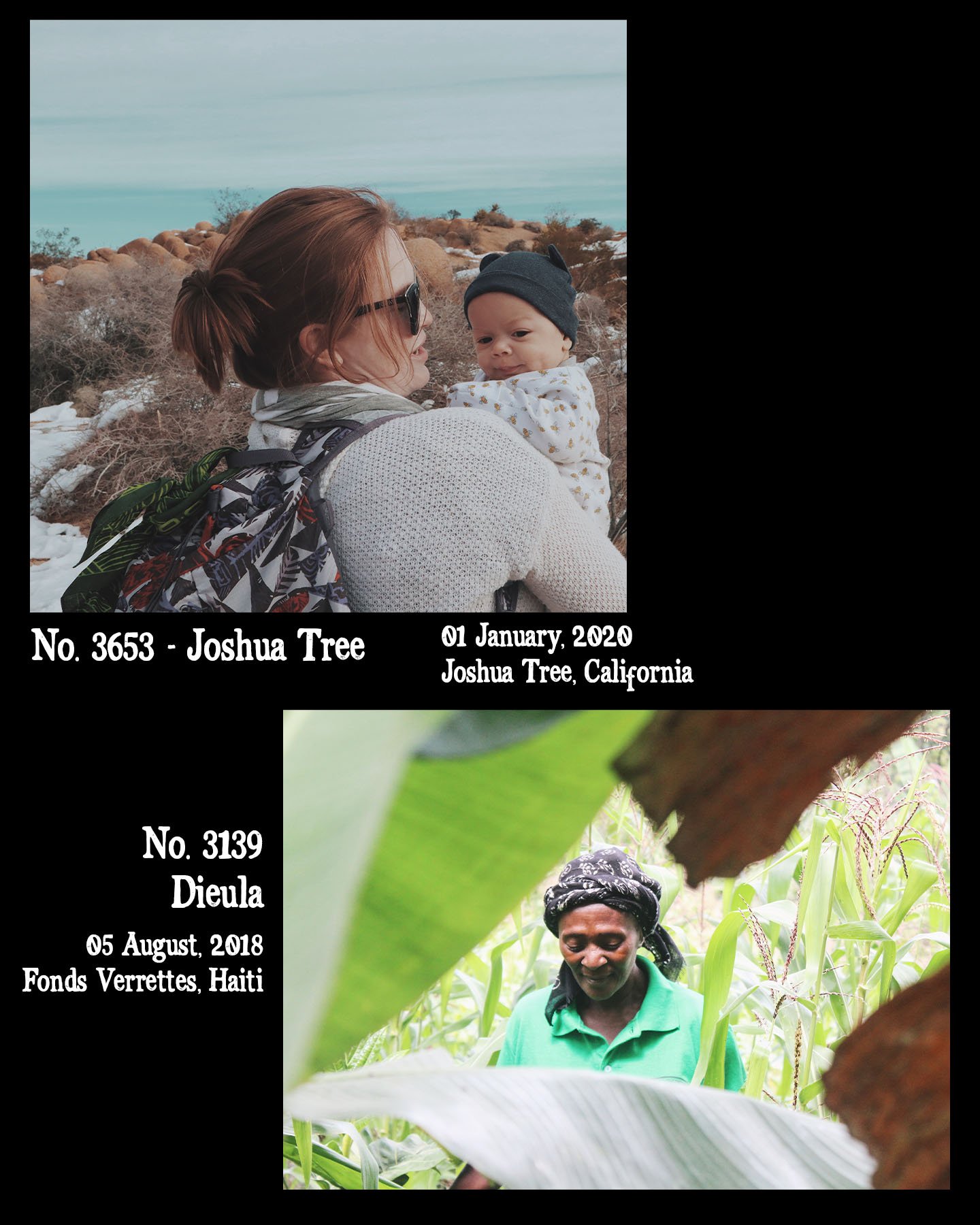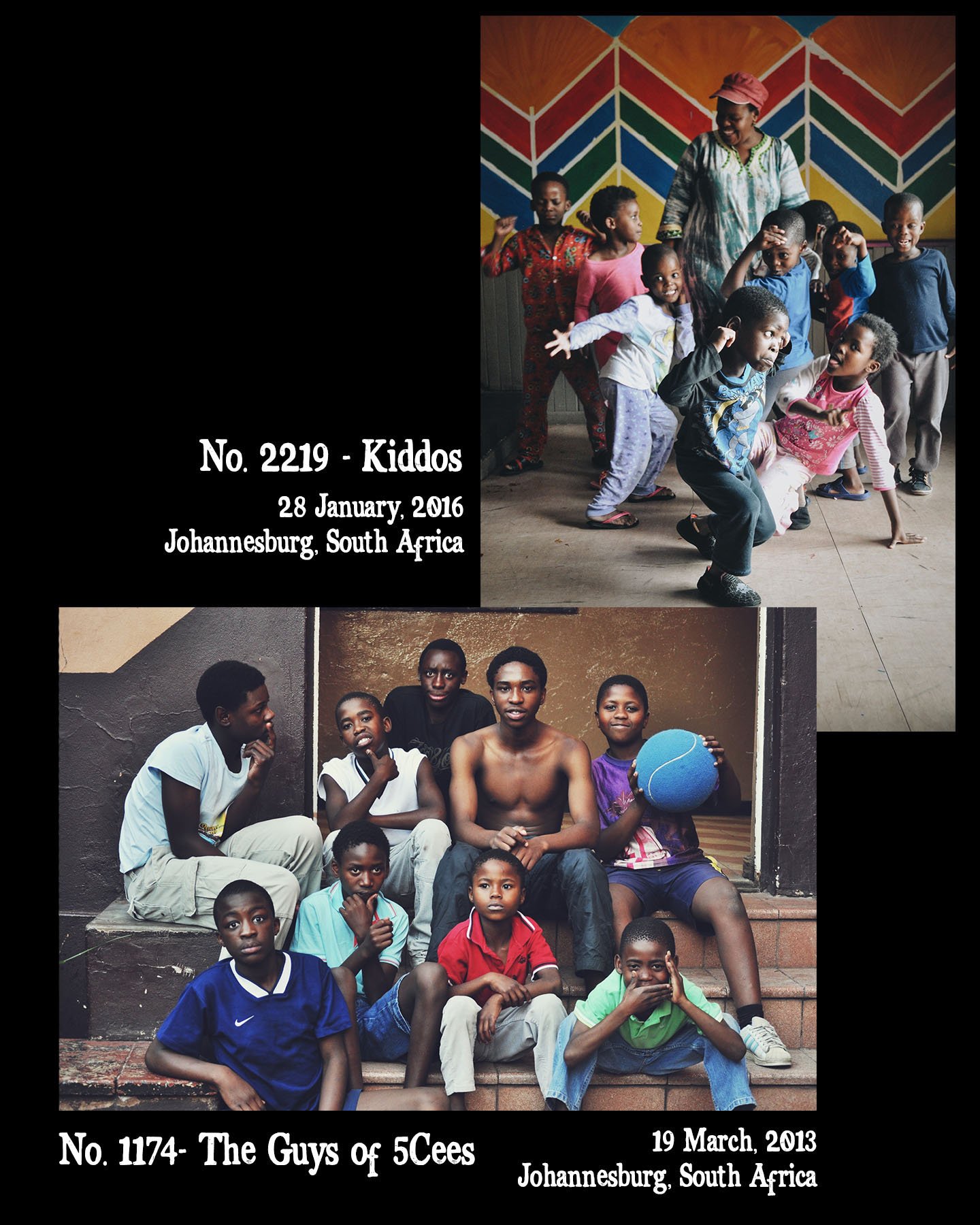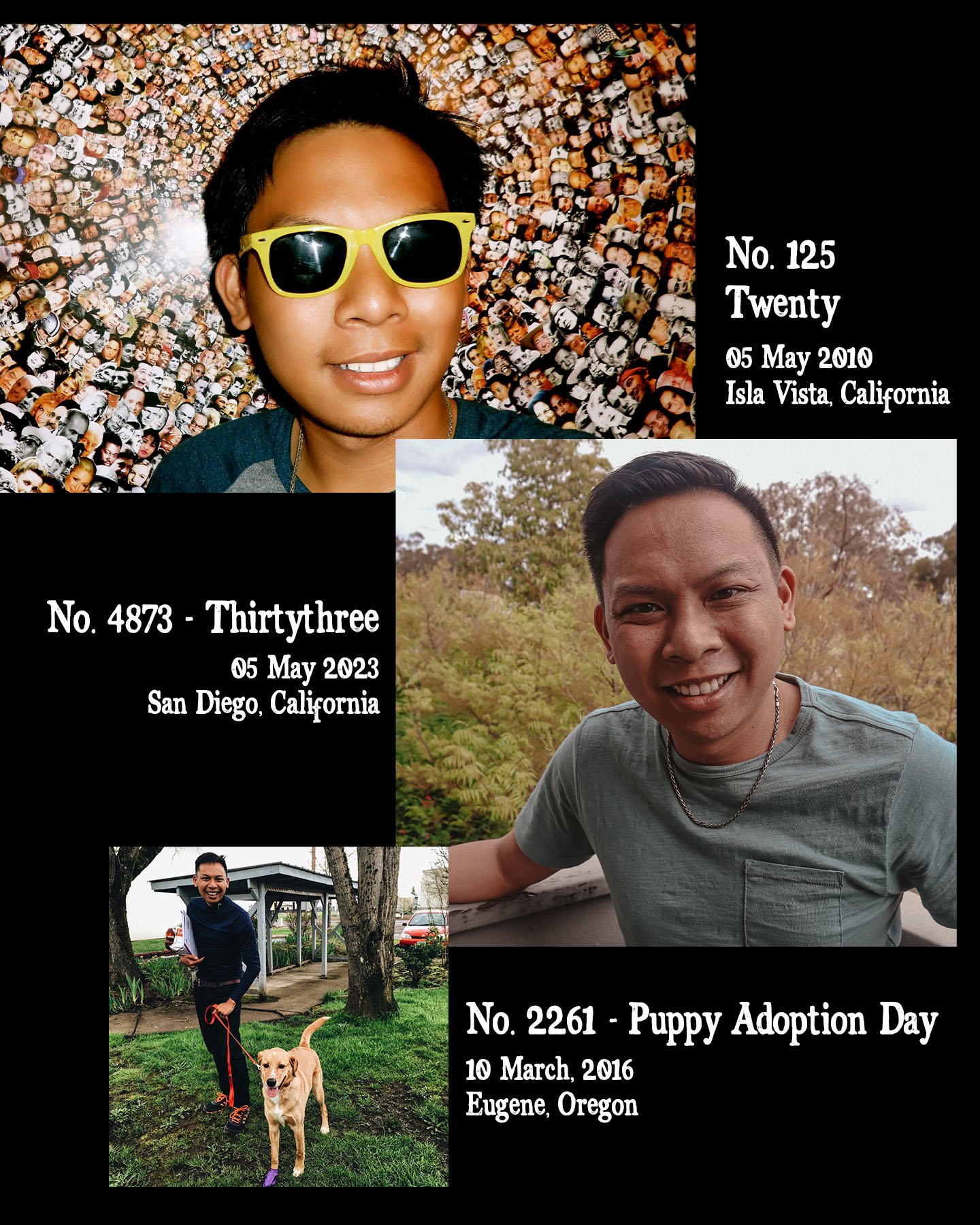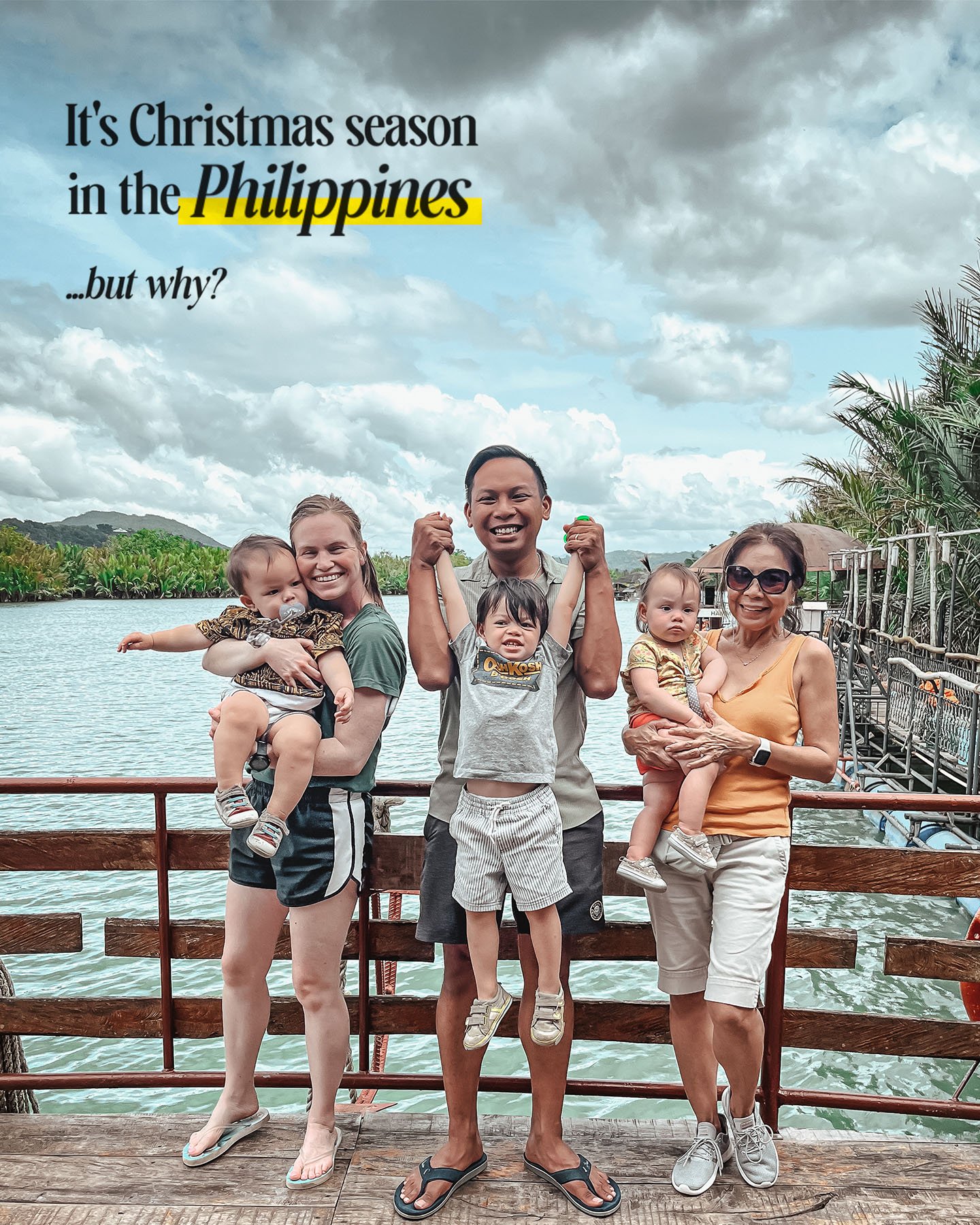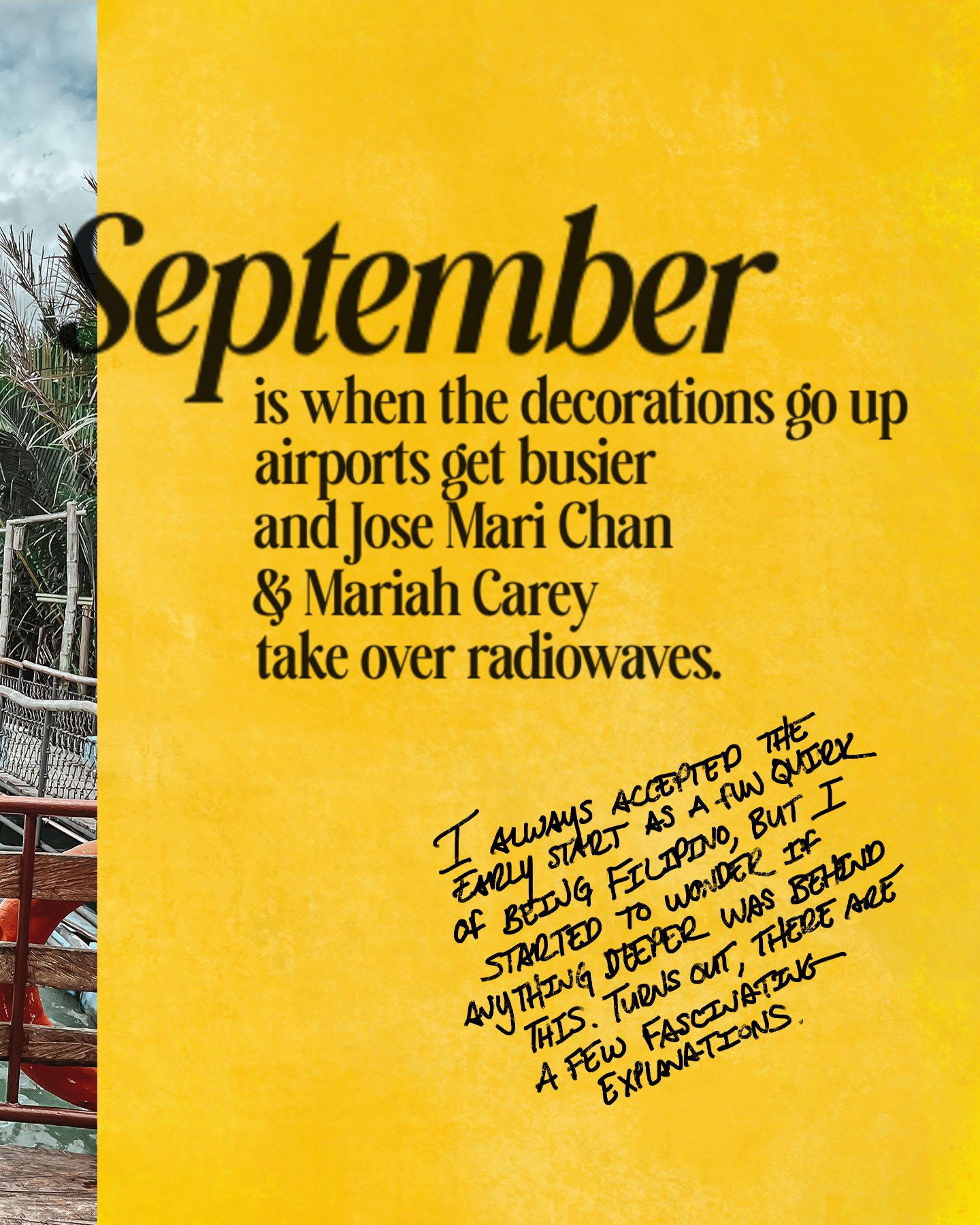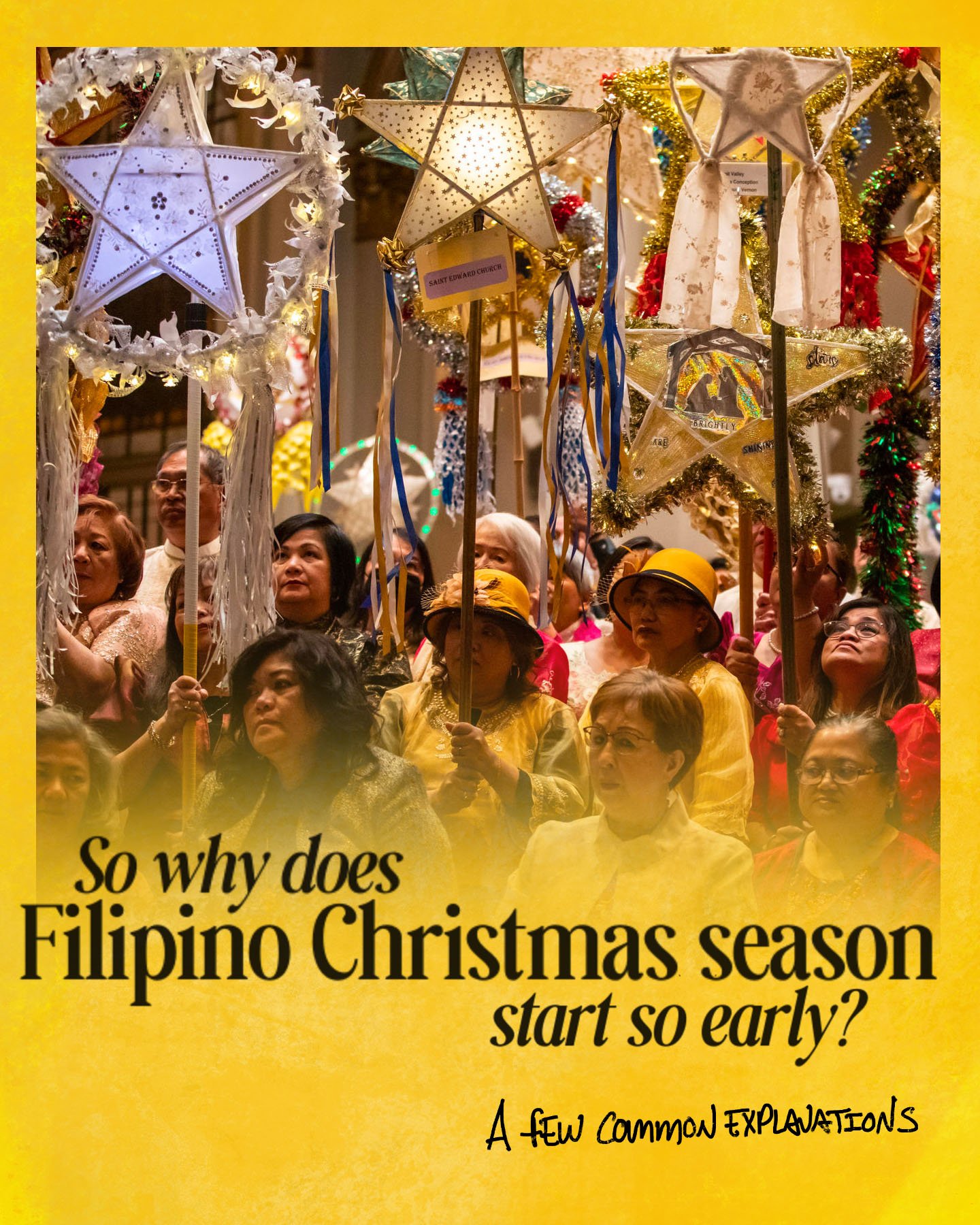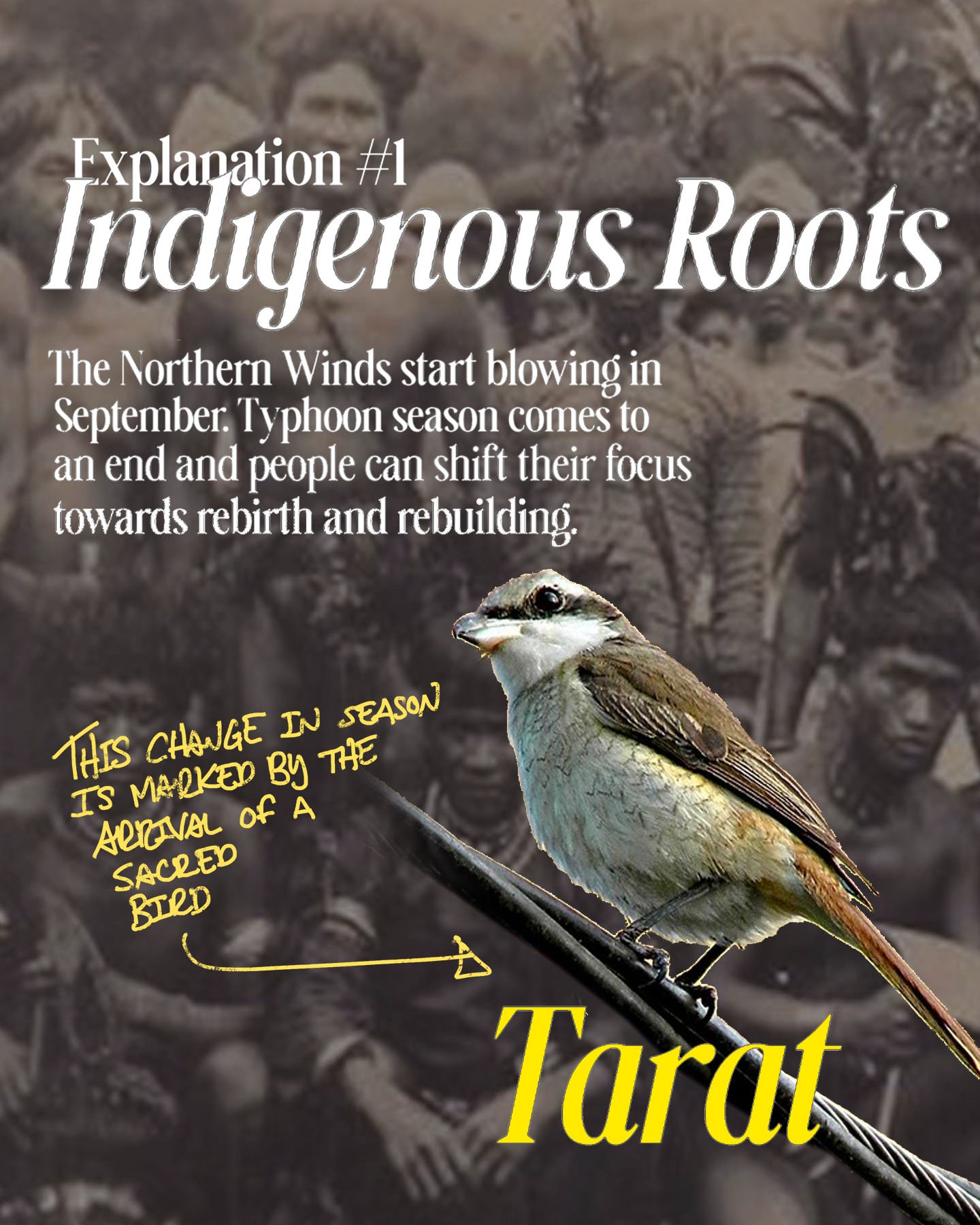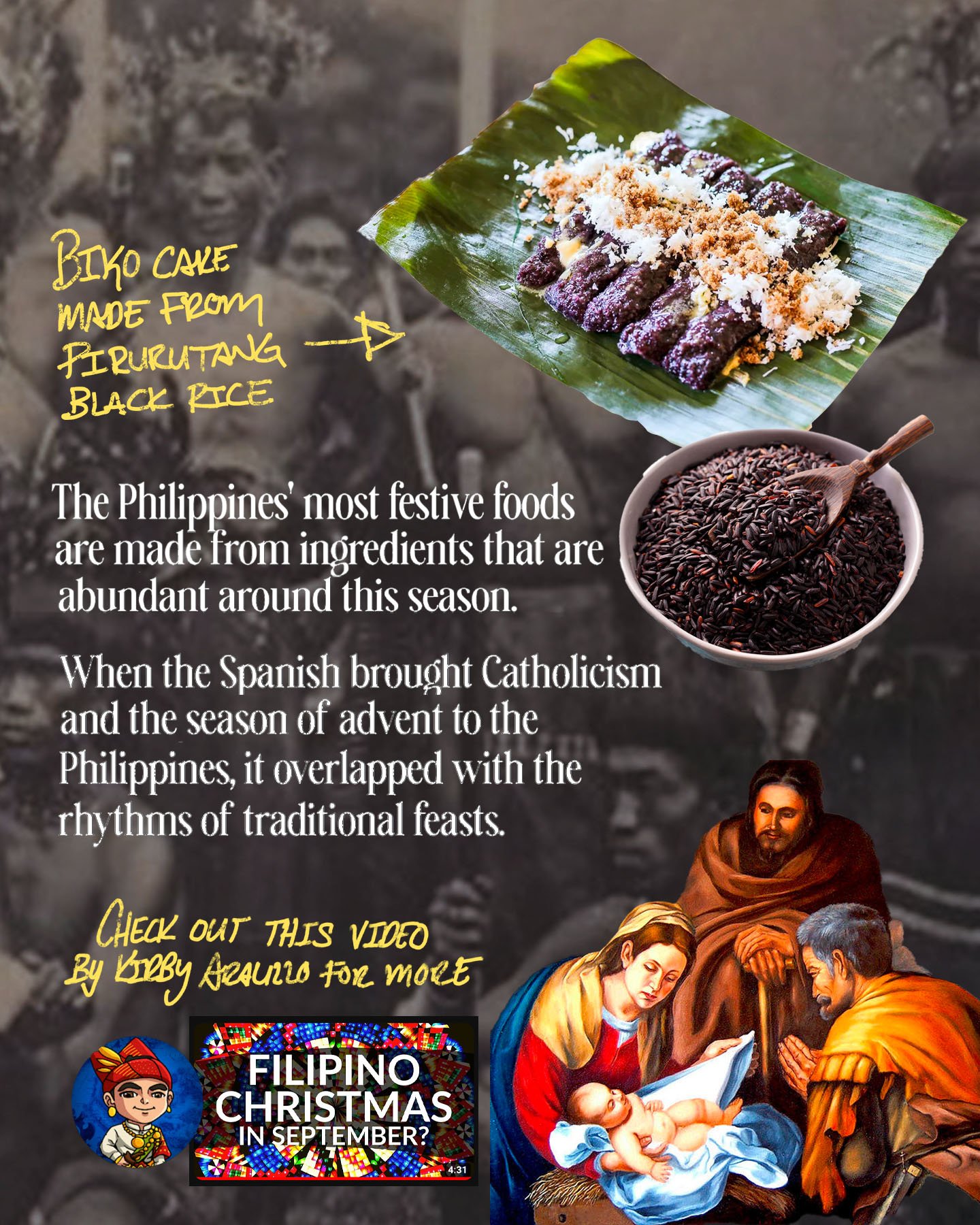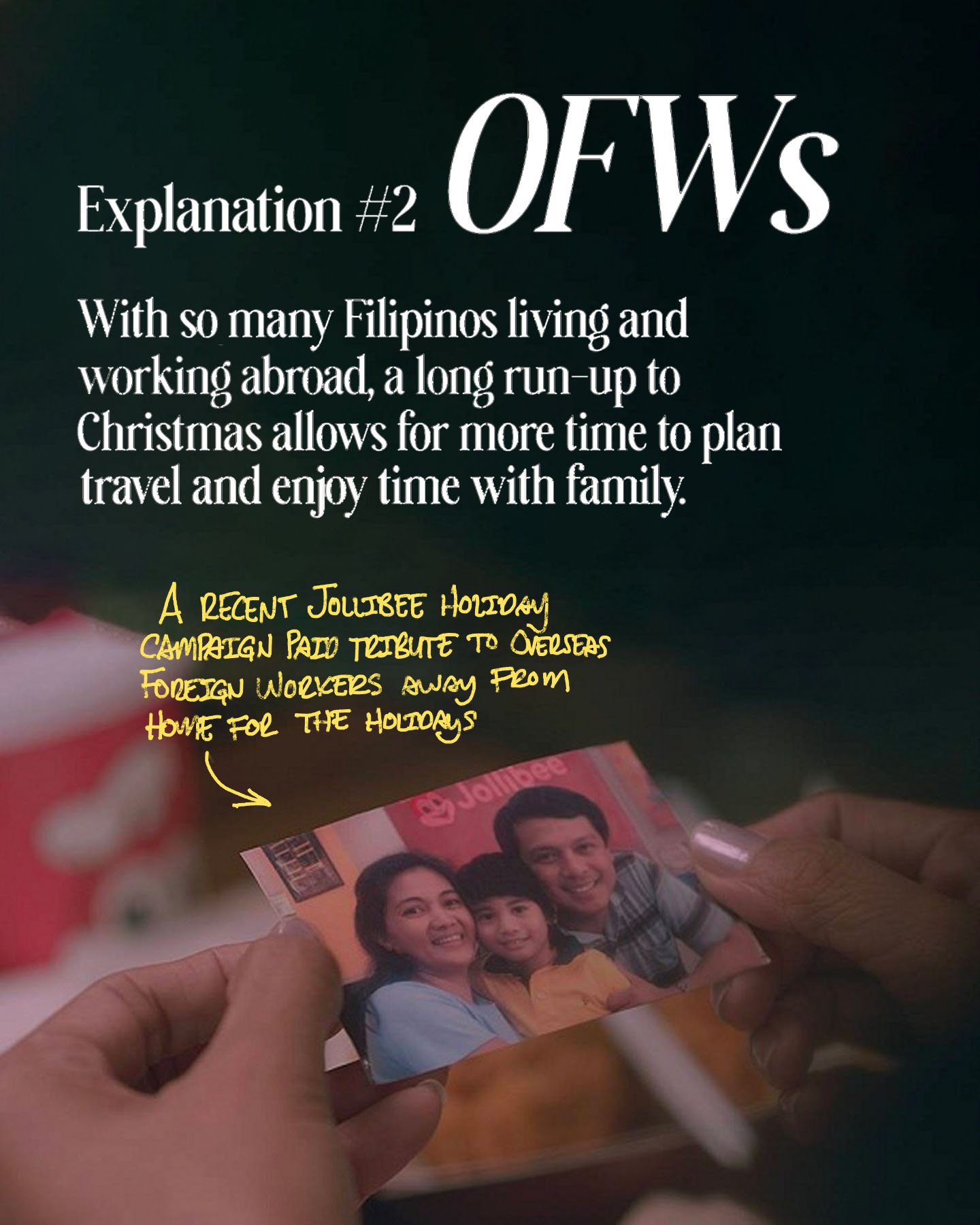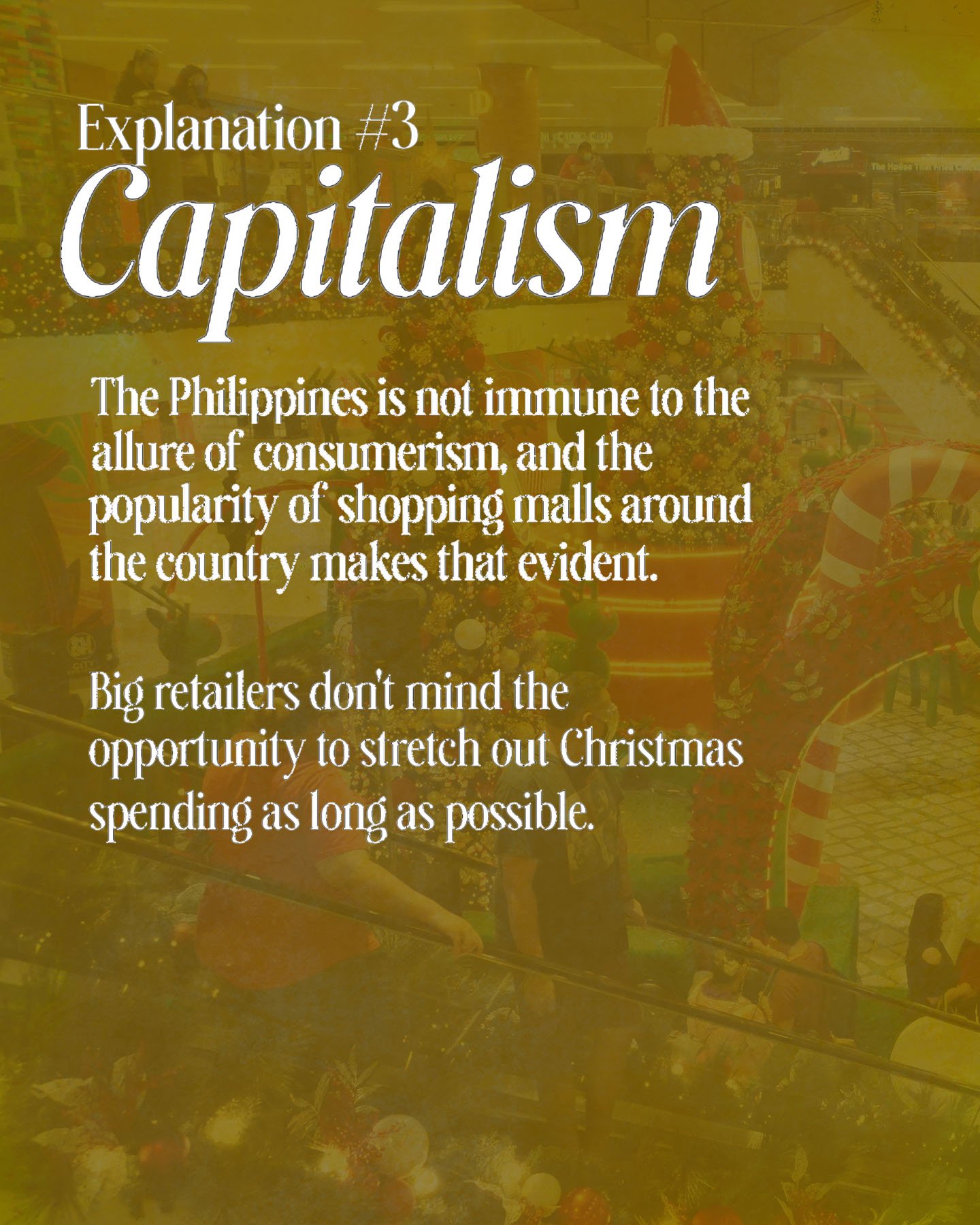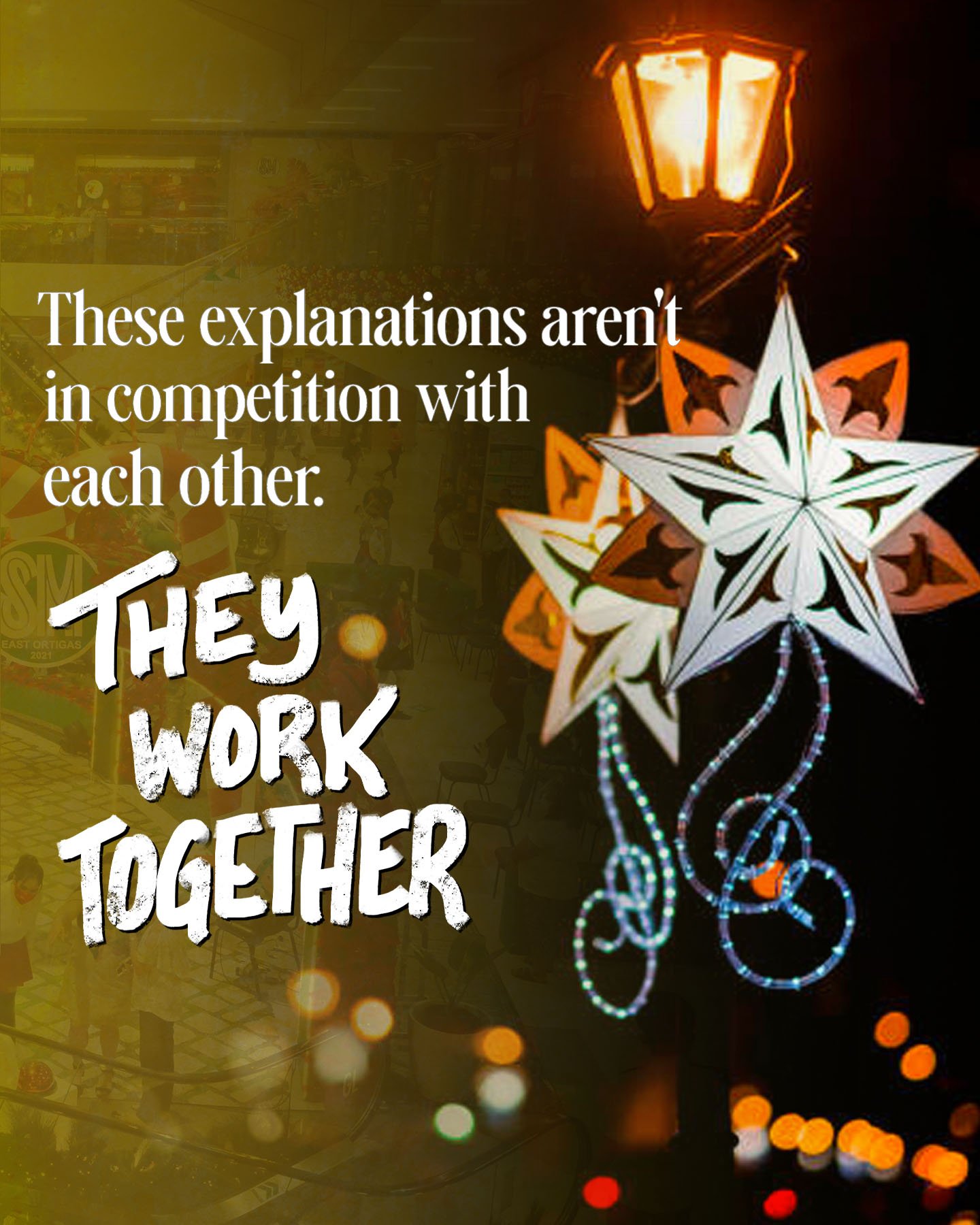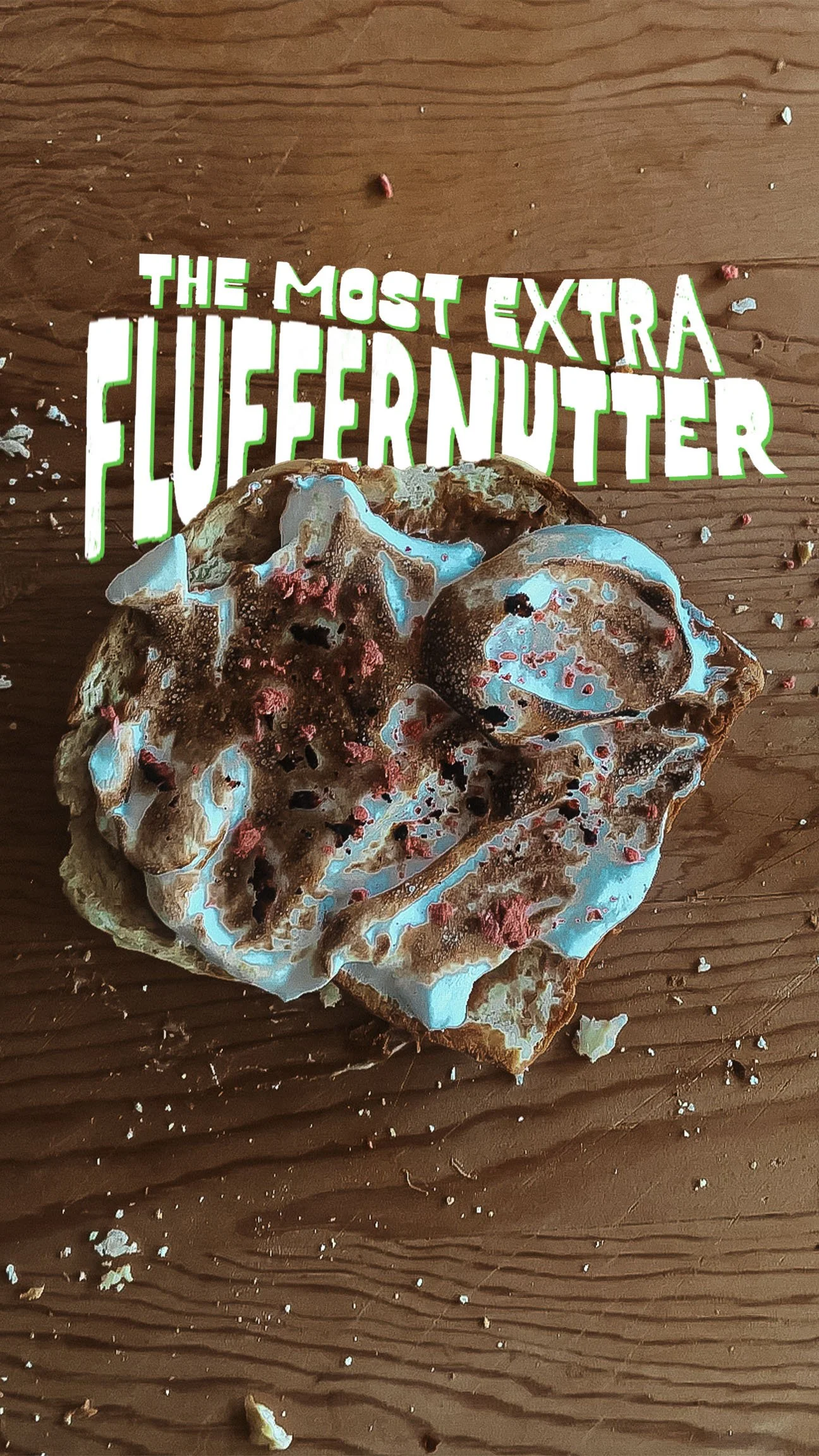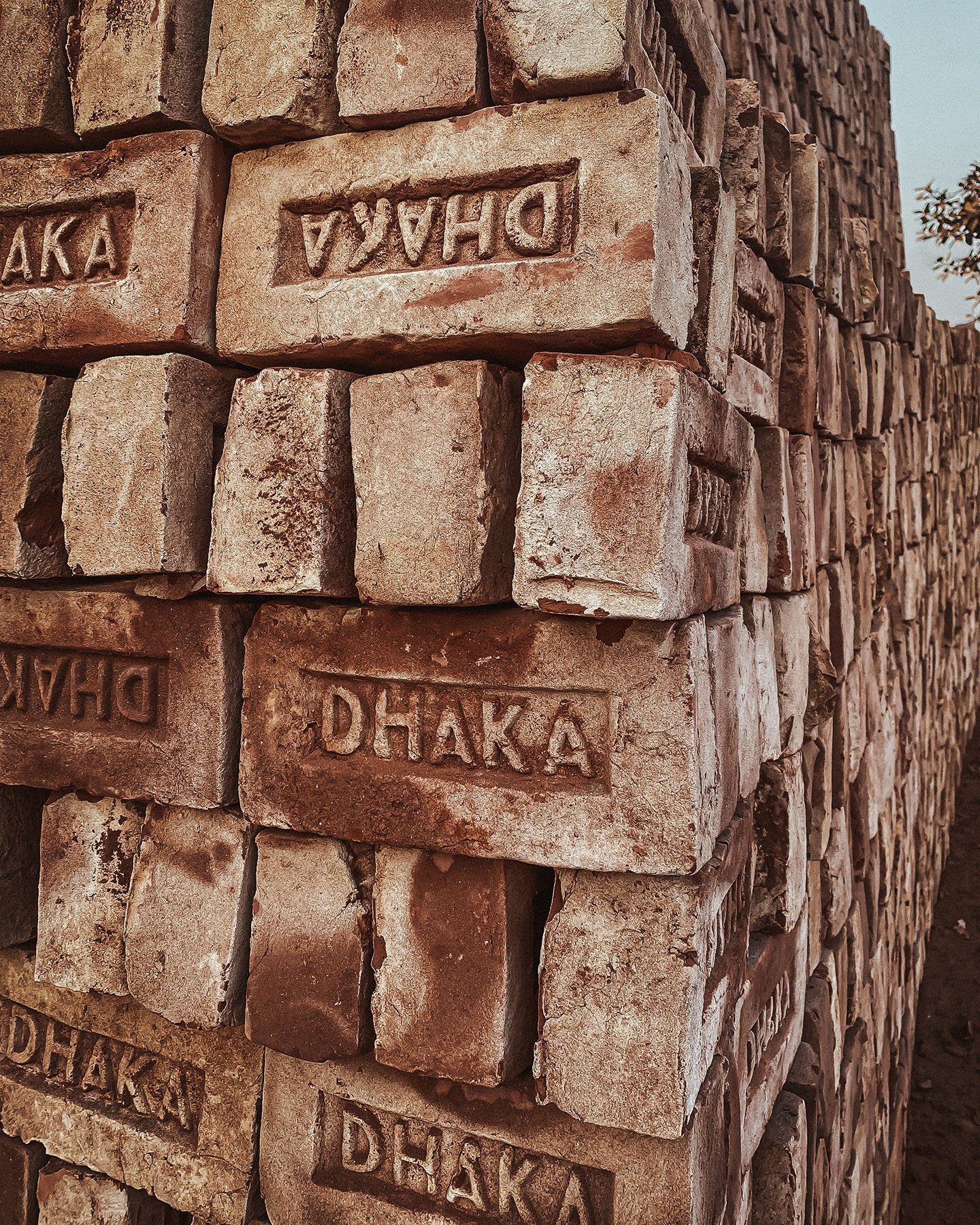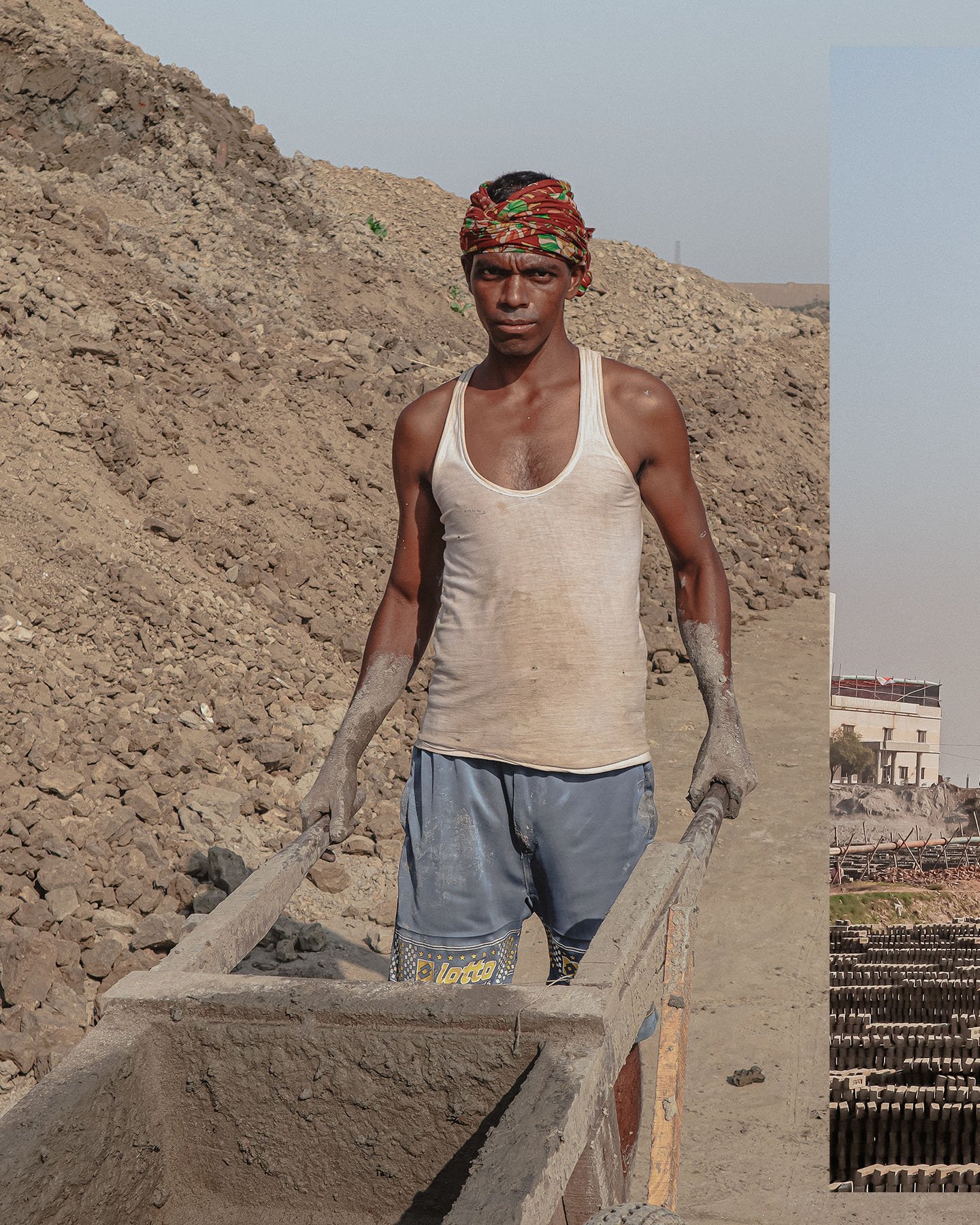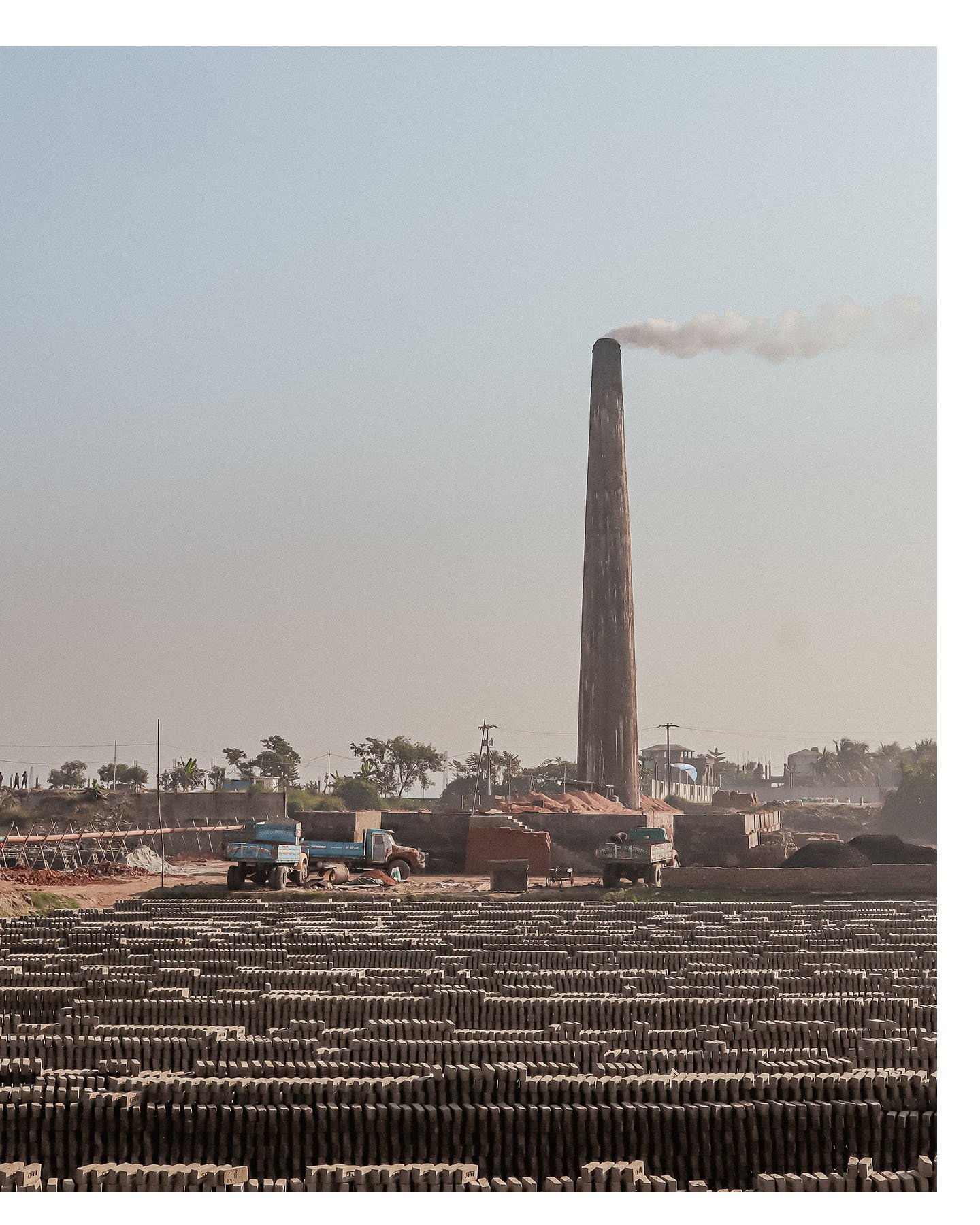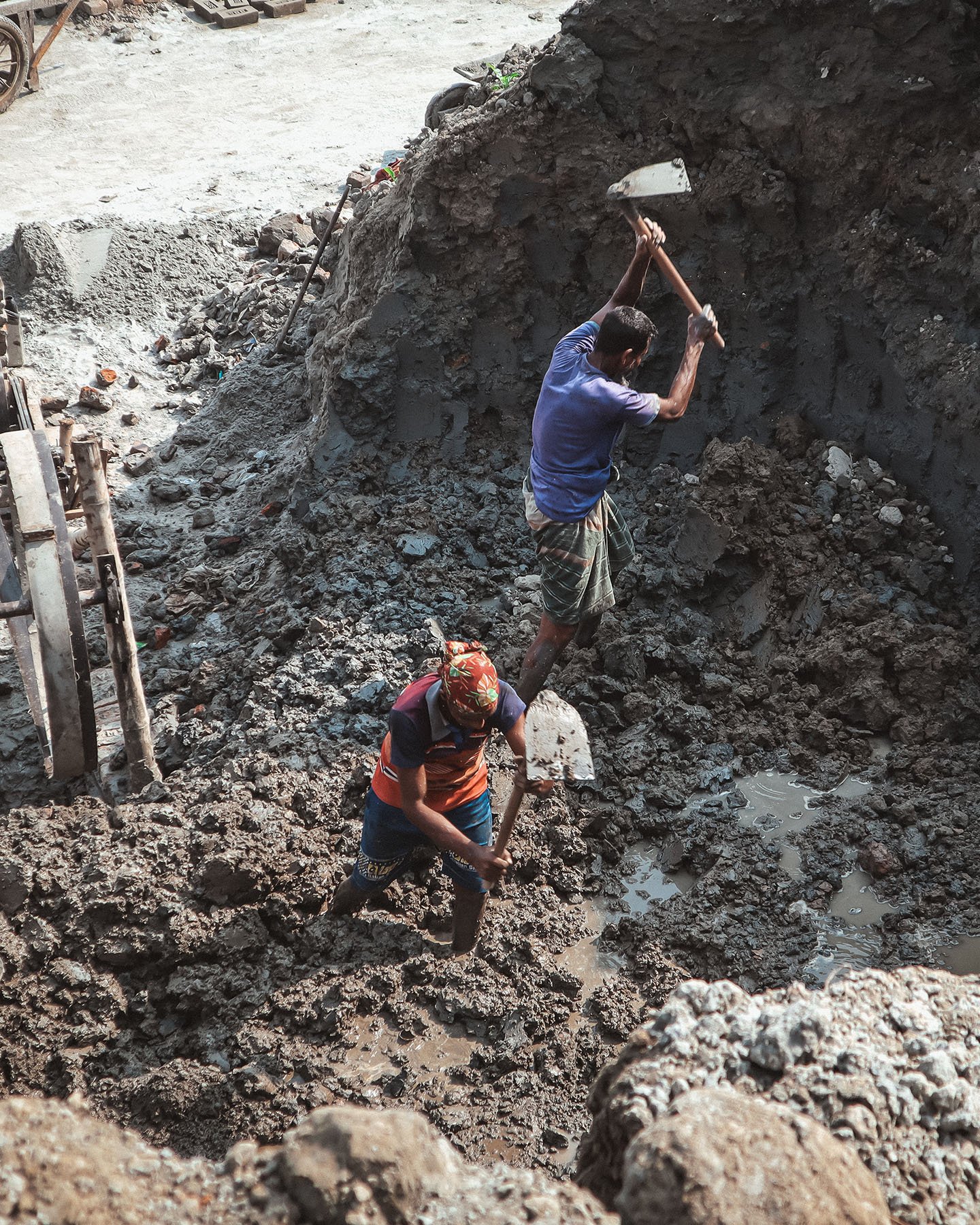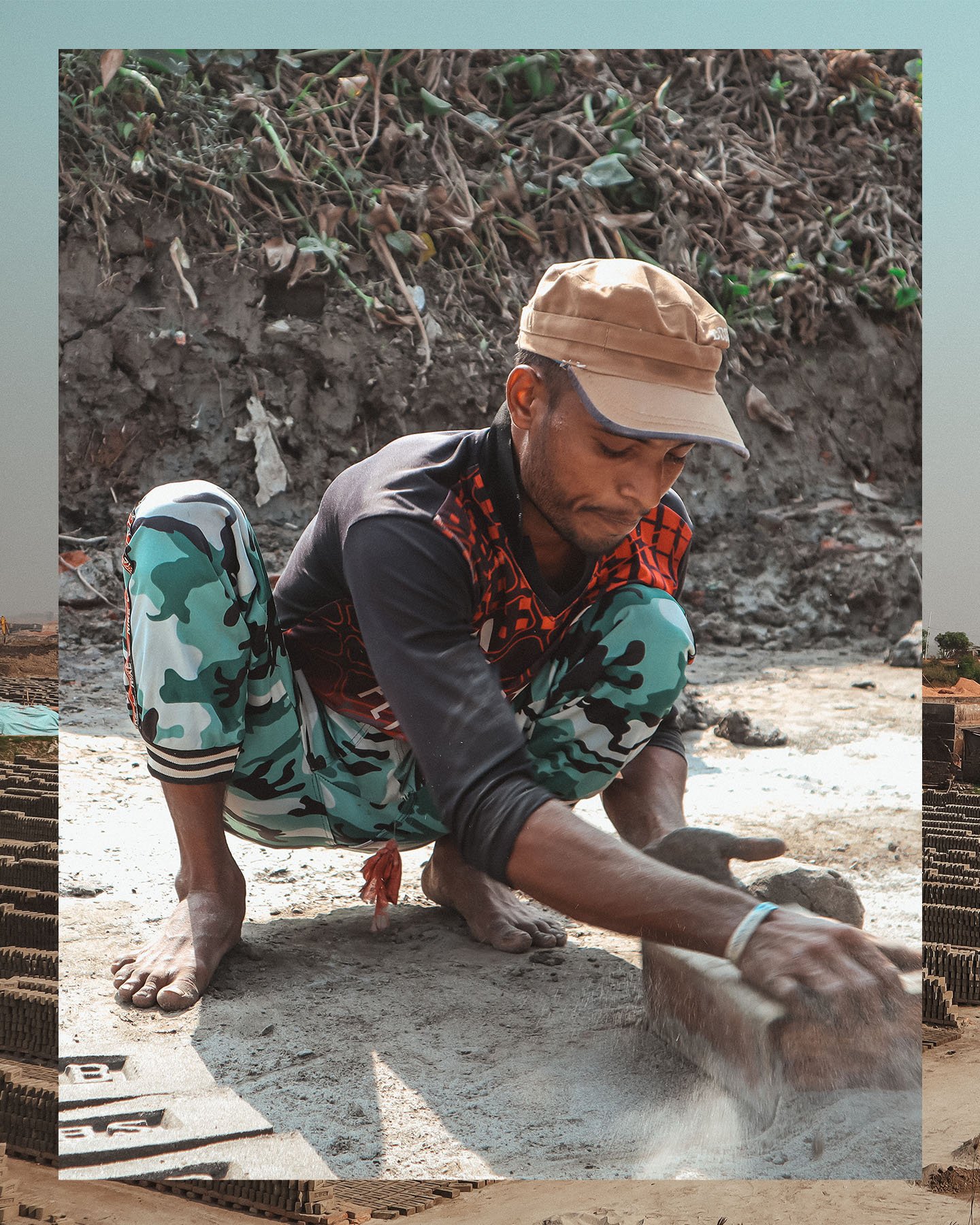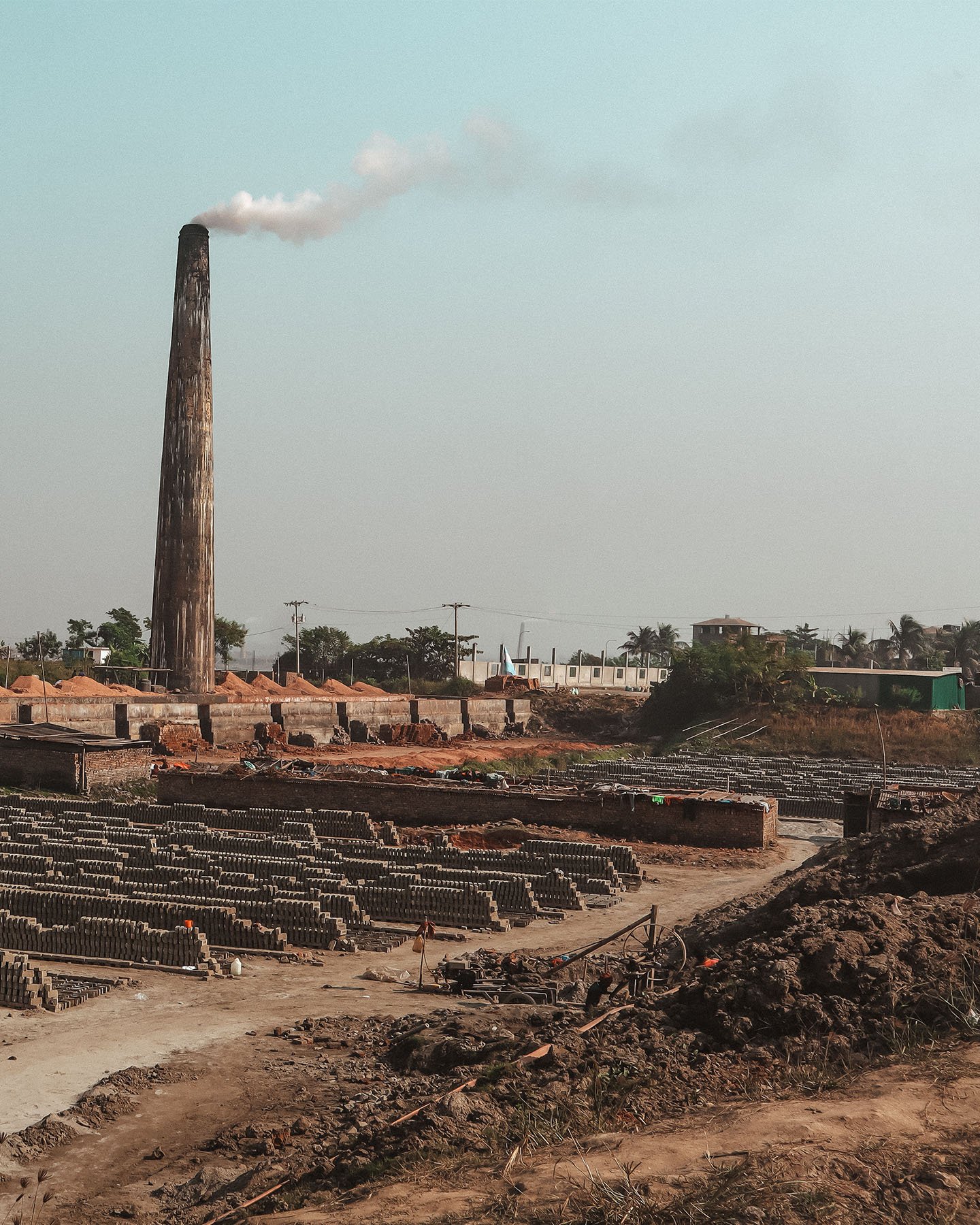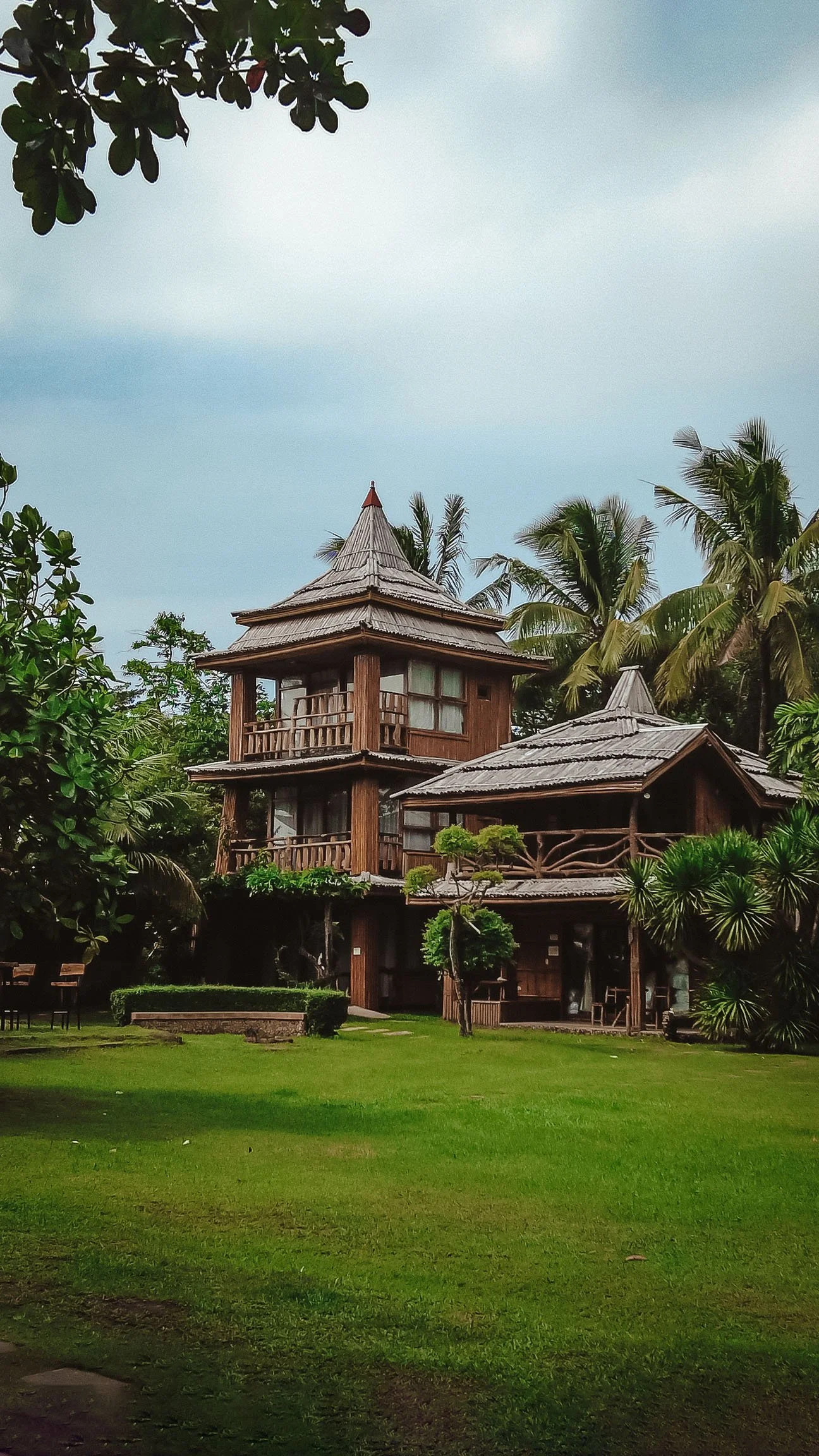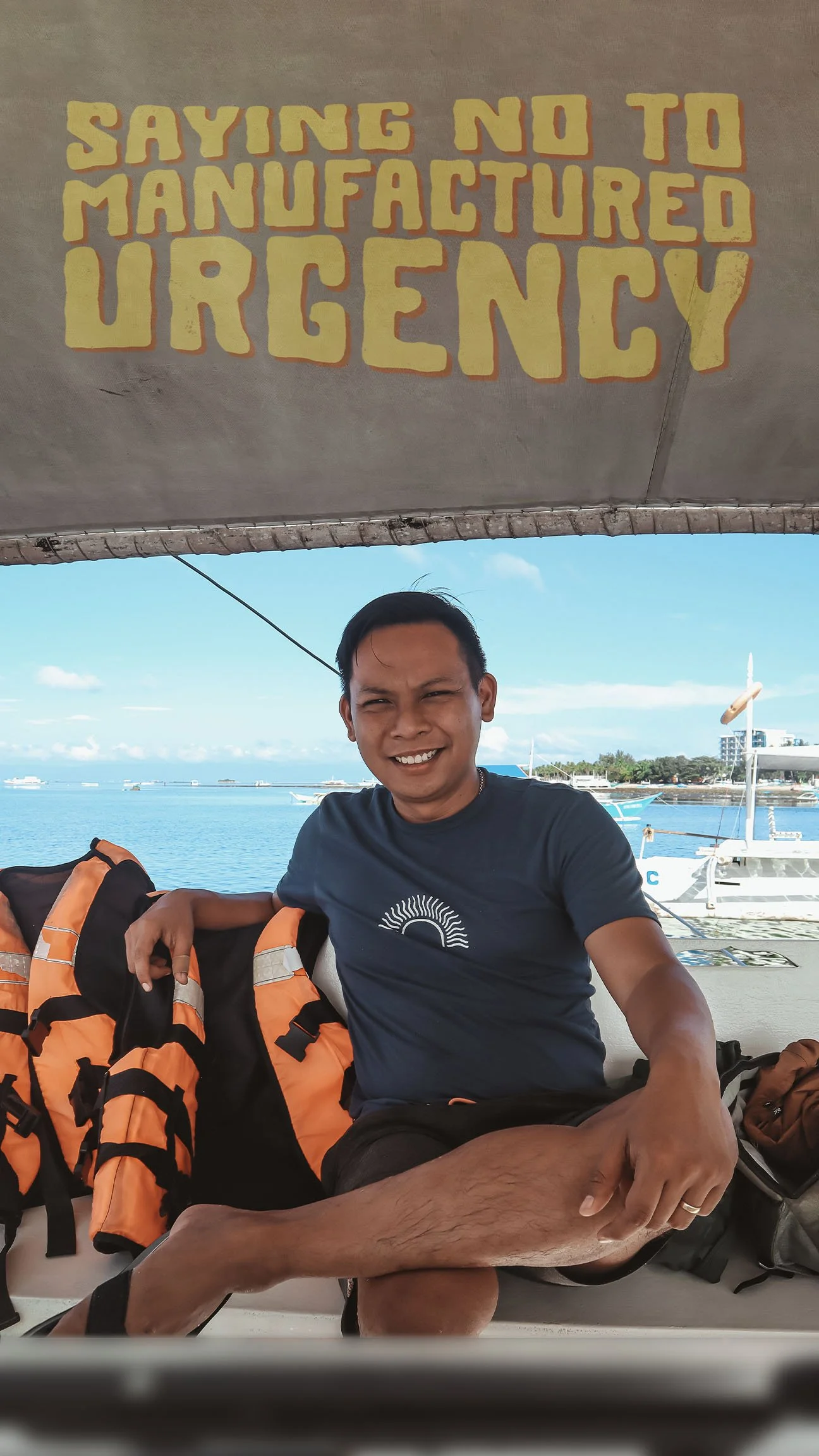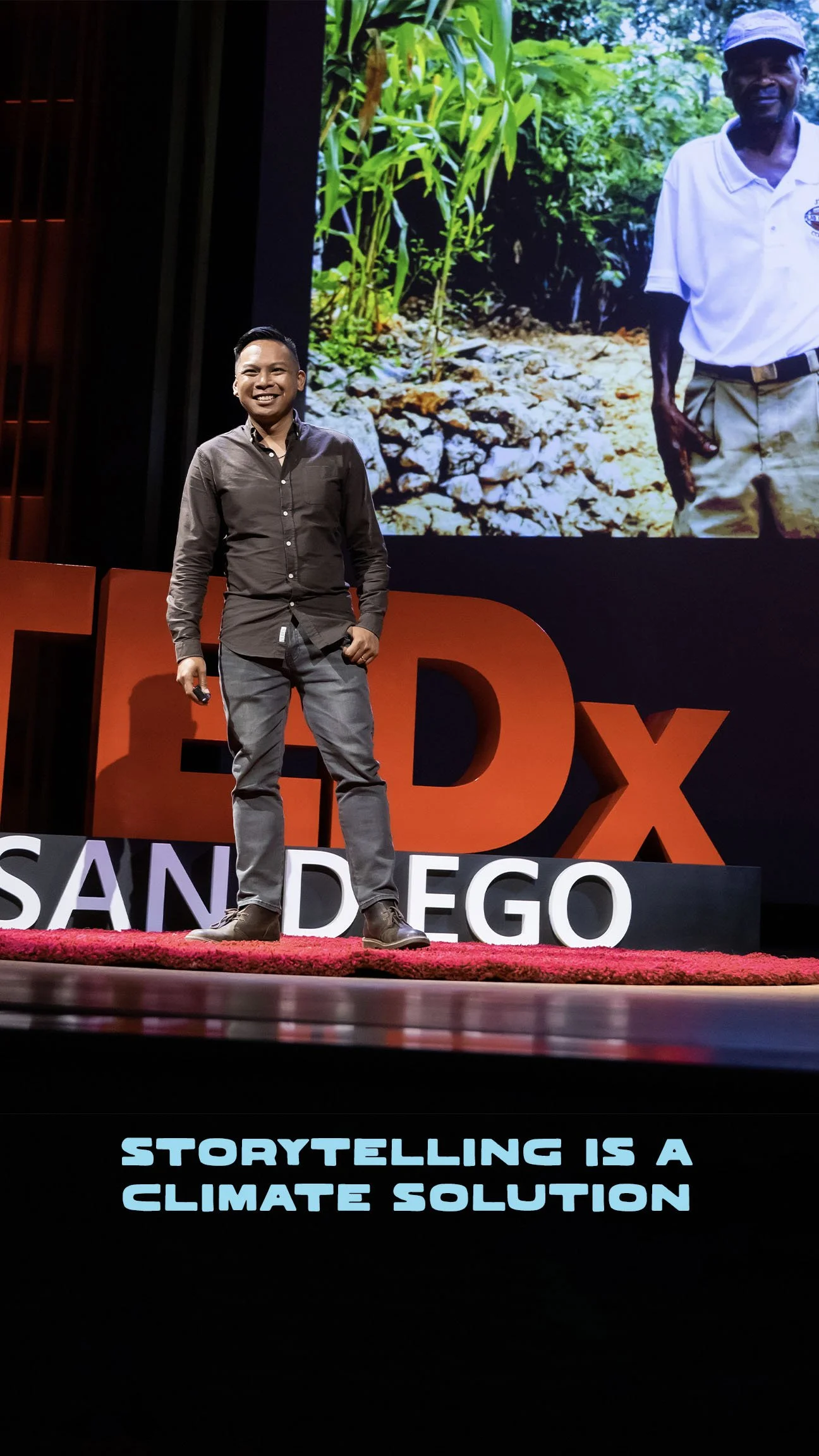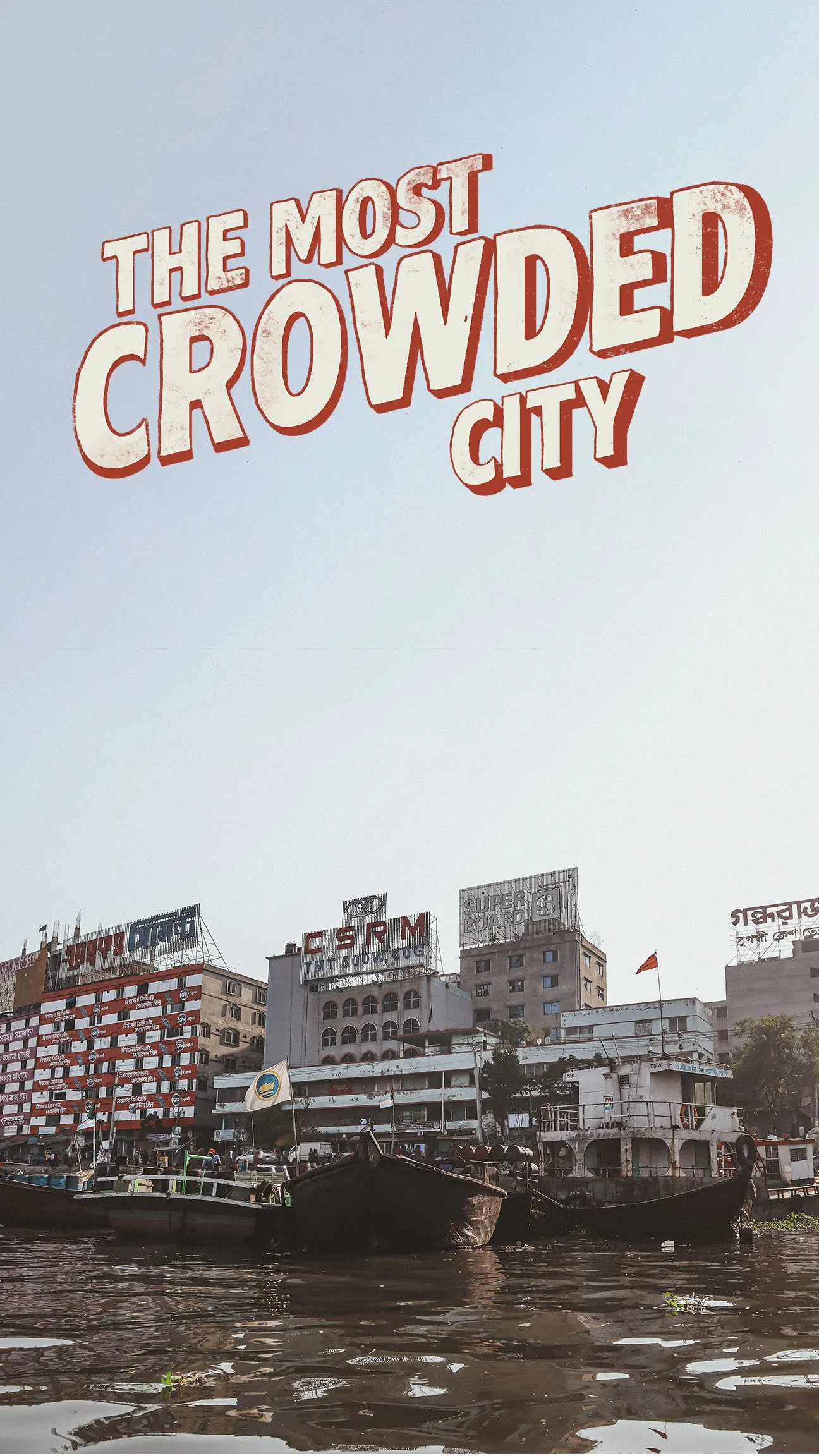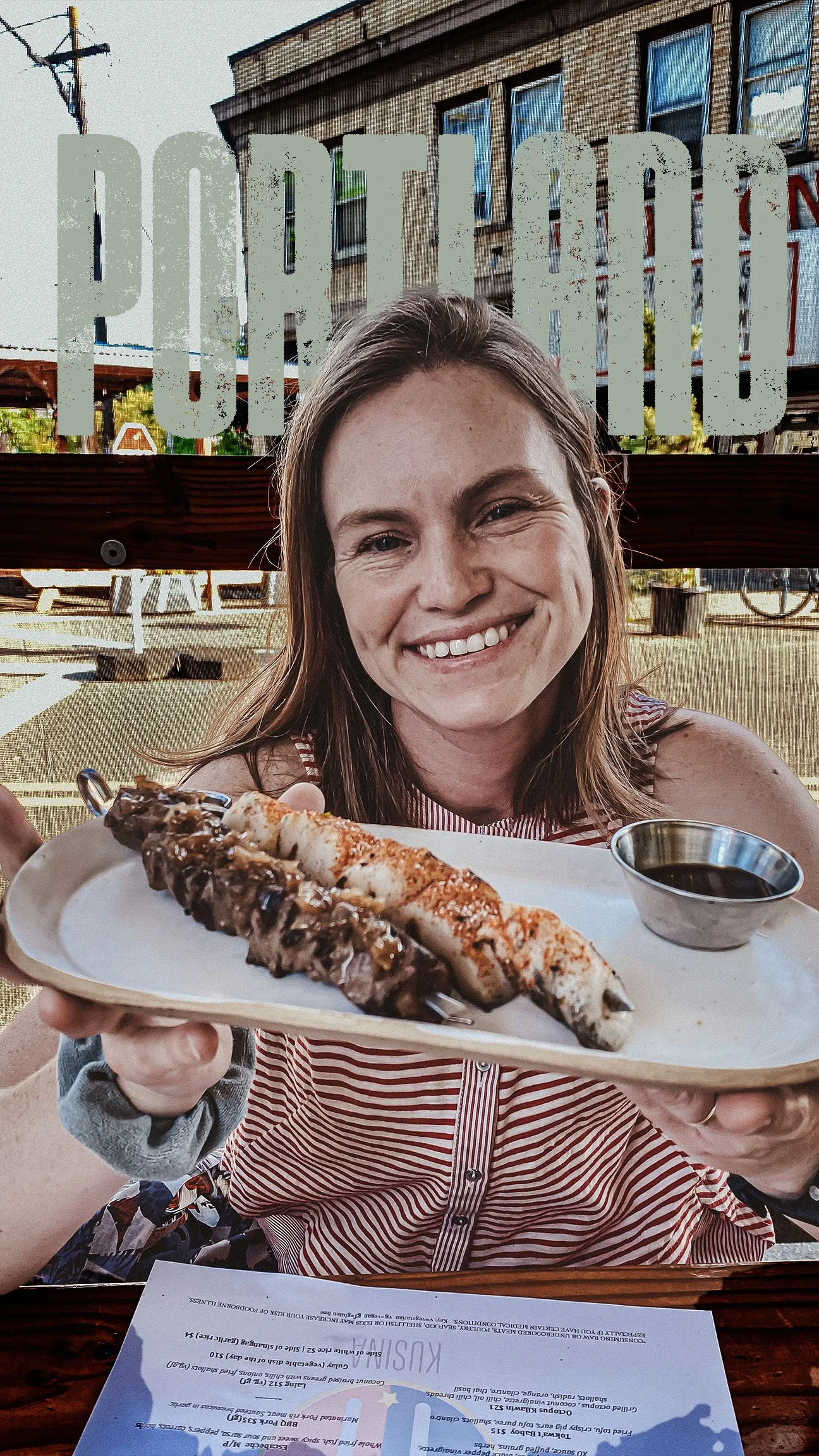I can’t believe I nearly missed a huge milestone…
So much of my work as a storyteller can be traced to a decision I made on January 1, 2010 to copy some people I saw online who took a photo everyday.
The quest to mark moments by capturing them in an image got me in two habits: pursuing things and going places that made for a more interesting life, but also paying more attention to the ordinary things and seeing what deeper stories hide in plain sight.
Prior to this project, I felt guilty of living life a little too passively. Of not leaning into life like it was the miracle it was. But choosing to seek out the stories… that made a huge difference.
The results of doing this for a year were significant enough that I did it another year. Then another. Then ten others. College, grad school, marriage, three kids, career and travel are all interspersed with food pics, sunset snaps, and “artsy shots” of whatever I’ve been reading.
The collage in the first photo is officially photo no. 5000. Thank you to everybody who I got to make these moments with.



